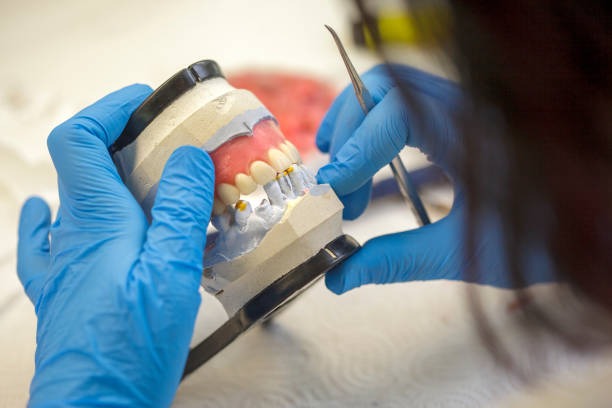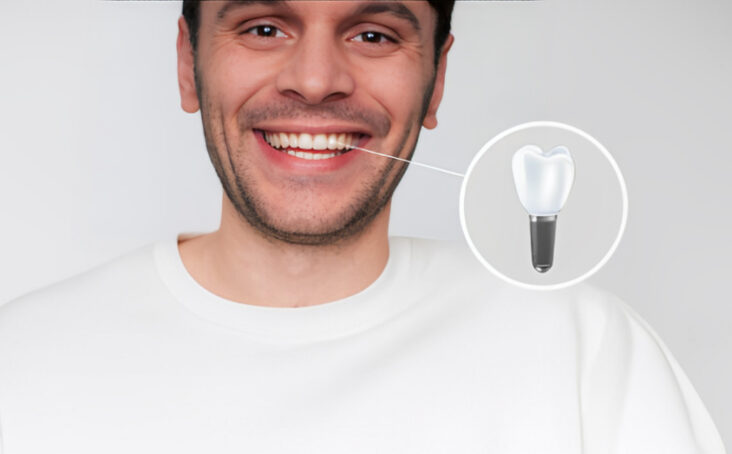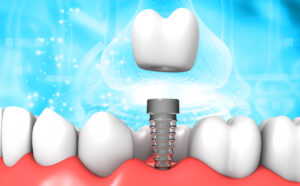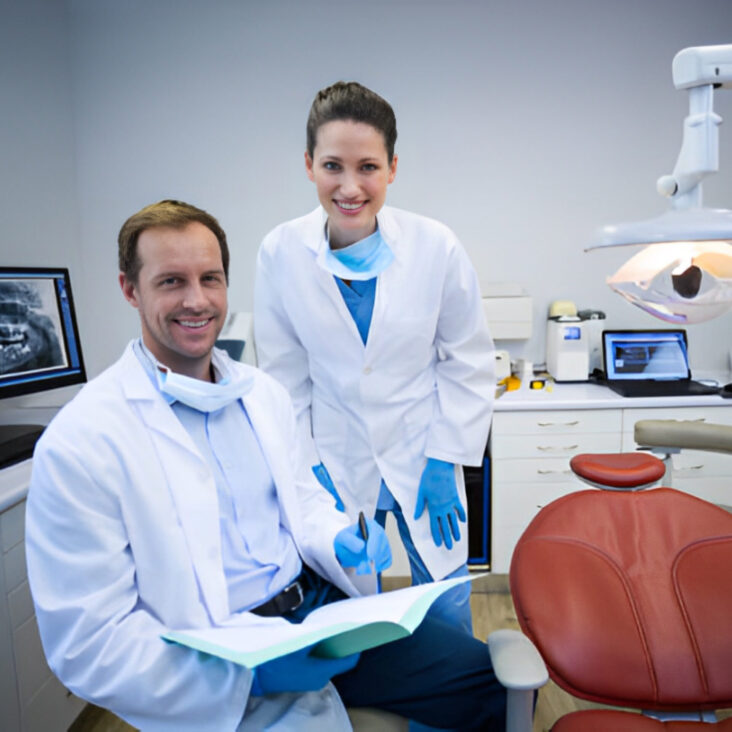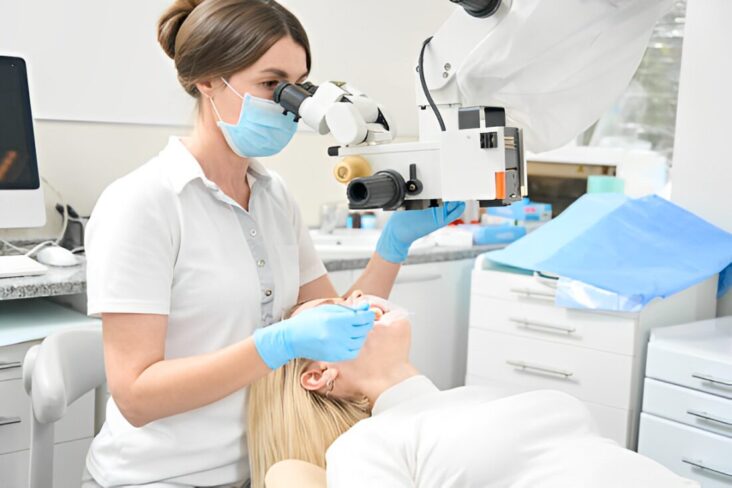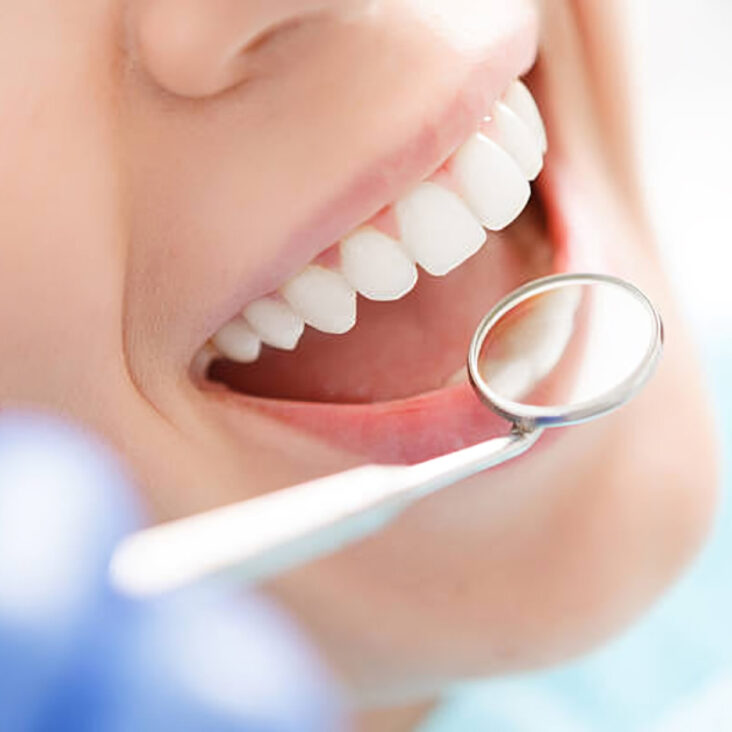Teeth Extraction: The Definitive Guide to Safe and Successful Tooth Removal
Teeth serve us considerably in our lives, from consuming food to smiling for appearance sake. Sometimes there is a call for the need to have the dental unit removed due to proper maintenance of good dental health. This may be brought about by bad decay, infection, overpopulated teeth, or problems relating to wisdom teeth. Removal of the trouble-inducing dental unit is sometimes the ultimate solution.
If you are undergoing teeth removal treatment, this guide will walk you through the reasons, procedures, benefits, and healing process, so you have everything you need for a smooth experience.
Why Do You Need Tooth Removal Treatment?
Teeth extraction is generally recommended by a dentist or oral surgeon when a dental unit is becoming problematic and cannot be maintained with other oral therapy. Some of the most frequent indications for extraction are:
-
Advanced Tooth Decay
When cavities are too deep to reach inside the dental unit, infecting it or damaging nerves, removal may be necessary to prevent further oral issues.
-
Gum Disease (Periodontitis)
Advanced gum disease can lead to weakening of supporting bones of the teeth, which can make the teeth loose and require teeth removal to ensure oral health.
-
Impacted Wisdom Teeth
Wisdom teeth or third molars do not have enough room to develop and grow in their proper position and thus cause pain, infection, and crowding. Removal of the teeth is then necessary in such a case.
-
Overcrowding
In orthodontic treatments, dentists may have to extract teeth to create space for braces or aligners, and the remaining ones may fit normally.
-
Dental Trauma or Injury
Injuries caused by accidents, sports, or a fall can also break teeth and render them beyond repair, making them have to be extracted.
Types of Tooth Removal Procedures
Depending on the nature of the case, there are two categories of teeth removal treatment that are usually performed:
-
Simple Extraction
If the odontic structure is visible and easily exposed.
The tooth is made loose by a dental instrument called an elevator as it is being pushed out by a forceps.
With local anesthetic, pain is taken away.
-
Surgical Extraction
Required when the odontic structure is broken or impacted, and so cannot be pulled out.
The gum is given a small cut in order to extract the odontic structure, at times requiring bone to be removed.
Typically conducted under local anesthetic, although sedation modes are provided to ensure comfort.
What to Expect During Tooth Extraction
Before the Procedure
- A dental exam, including X-rays, to evaluate the health of the tooth.
- Discussion about medical history, allergies, and any medications you’re taking.
- Pre-procedure instructions to be followed, i.e., not eating and drinking if sedation is employed.
During the Procedure
- Local or general anesthetic is used to anesthetize the area and avoid pain.
- The dentist or oral surgeon takes out the odontic structure using special instruments.
- Stitches are applied if needed for healing.
Post-Procedure
- A gauze pad is retained in the extraction area to avoid bleeding.
- Post-procedure and pain management instructions are provided.
- Follow-up post-procedure visit is scheduled if necessary.
Recovery and Aftercare Tips
Good post-procedure care will ensure rapid recovery after dental extraction. The following are some of the required tips:
1. Bleeding Control
Bite on the gauze pad for at least 30-45 minutes after the procedure.
Do not spit or rinse excessively as it may dislodge the blood clot.
2. Management of Pain and Swelling
Use prescribed pain medication or over-the-counter pain medication.
Apply an ice pack to the cheek for 10-15 minutes to reduce swelling.
3. Dietary Advice
Consume soft foods like yogurt, soup, mashed potatoes, and smoothies.
Do not consume hot, spicy, or hard foods that may irritate the extraction area.
4. Oral Hygiene Practice
Gently brush around the operated odontic structure without the tooth.
Rinse with a saltwater solution after 24 hours to remove particles from the area.
5. Avoid Certain Habits
No smoking or alcohol for a minimum of 48 hours.
Avoid the use of straws, as sucking the teeth can cause the healing clot to be dislodged and result in dry socket.
How Soon Does It Take to Recover From a Tooth Removal?
Healing of odontic structure removal varies depending on the seriousness of the procedure and individual factors.
- Initial 24-48 Hours: Initial clotting and bleeding diminish.
- 3-7 Days: Pain and swelling diminish gradually.
- 1-2 Weeks: Gums completely heal.
- 3-4 Weeks: Complete recovery from simple extractions.
- 3-6 Months: Establishment of bone structure in surgical extractions.
Proper compliance with the dentist’s advice for after-care will expedite recovery and minimize complications.
Possible Risks and Complications
While dental extraction is generally safe, complications are:
- Dry Socket: Occurs when the blood clot becomes dislodged, revealing bone.
- Infection: Signs are fever, pain that persists, or swelling.
- Excessive Bleeding: If bleeding continues after 24 hours, call your dentist.
- Damage to Nerves: Rare but may occur with difficult extractions.
To avoid complications, always follow aftercare and report any unusual symptoms to your dentist.
When to Visit Your Dentist Following Tooth Extraction
You need to see your dentist following tooth extraction when you have:
- Excessive bleeding which will not cease in 24 hours.
- Extreme pain that is not eased by medication.
- Infection signs, including swelling, fever, or pus.
- Difficulty breathing or swallowing.
Follow-ups are required for full recovery and to allow your dentist to fix any problems.
Final Thoughts: Is Tooth Extraction for You?
Though it is always preferable to retain your natural teeth, tooth removal in some situations cannot be avoided for the betterment of the overall mouth. Whether due to infection, decay, or orthodontia, well-planned extraction equals less pain and quick recovery.
If you are facing toothache problems or need to undergo an examination, go see a qualified dentist to determine whether extraction is the best solution. With the right care and expert advice, you can achieve a healthy and painless smile.










